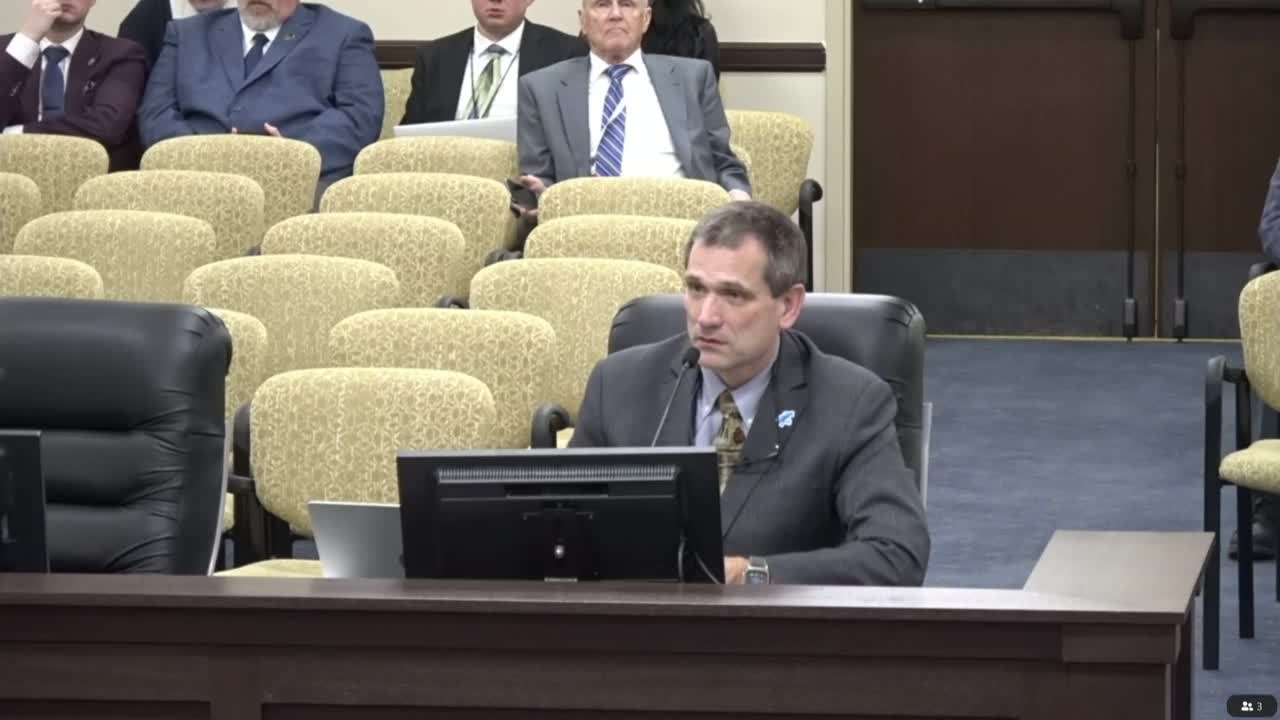Utah committee supports building safety amendment for affordable two-story housing
January 31, 2025 | 2025 Utah Legislature, Utah Legislature, Utah Legislative Branch, Utah
This article was created by AI summarizing key points discussed. AI makes mistakes, so for full details and context, please refer to the video of the full meeting. Please report any errors so we can fix them. Report an error »

During a recent meeting of the House Economic Development and Workforce Services Committee, discussions centered around proposed amendments to building codes aimed at enhancing safety while promoting affordable housing in Utah. The committee heard from various stakeholders, including representatives from the Utah Legal Cities and Towns, the Utah State Fire Chiefs Association, and the Utah Home Builders Association, all of whom expressed support for the proposed changes.
Carson Eilers, policy director for the Utah Legal Cities and Towns, emphasized the importance of the amendments, particularly in relation to fire safety. He noted that the proposed changes would help mitigate hazards associated with multi-story buildings, specifically advocating for a limit of two stories. Eilers acknowledged that while the current amendments are a step in the right direction, further technical adjustments may be necessary to ensure comprehensive safety.
David Spadafore, representing the Utah State Fire Chiefs Association, echoed these sentiments, stating that the organization supports the bill as long as it adheres to the two-story limit. He highlighted the ongoing collaboration with Representative Ward to ensure that safety measures, including proper egress for individual units, are adequately addressed.
Ross Ford from the Utah Home Builders Association also voiced his support, describing the amendments as part of a broader strategy to tackle the affordable housing crisis. He pointed out that while there is no single solution to the issue, these incremental changes are essential in making housing more accessible and safe for residents.
The committee's discussions reflect a growing recognition of the need for balanced approaches that prioritize both safety and affordability in housing development. As the bill moves forward, stakeholders remain committed to working together to refine the proposed changes, ensuring that they meet the community's needs while maintaining high safety standards. The outcomes of this meeting are expected to play a crucial role in shaping Utah's housing landscape in the coming years.
Carson Eilers, policy director for the Utah Legal Cities and Towns, emphasized the importance of the amendments, particularly in relation to fire safety. He noted that the proposed changes would help mitigate hazards associated with multi-story buildings, specifically advocating for a limit of two stories. Eilers acknowledged that while the current amendments are a step in the right direction, further technical adjustments may be necessary to ensure comprehensive safety.
David Spadafore, representing the Utah State Fire Chiefs Association, echoed these sentiments, stating that the organization supports the bill as long as it adheres to the two-story limit. He highlighted the ongoing collaboration with Representative Ward to ensure that safety measures, including proper egress for individual units, are adequately addressed.
Ross Ford from the Utah Home Builders Association also voiced his support, describing the amendments as part of a broader strategy to tackle the affordable housing crisis. He pointed out that while there is no single solution to the issue, these incremental changes are essential in making housing more accessible and safe for residents.
The committee's discussions reflect a growing recognition of the need for balanced approaches that prioritize both safety and affordability in housing development. As the bill moves forward, stakeholders remain committed to working together to refine the proposed changes, ensuring that they meet the community's needs while maintaining high safety standards. The outcomes of this meeting are expected to play a crucial role in shaping Utah's housing landscape in the coming years.
View full meeting
This article is based on a recent meeting—watch the full video and explore the complete transcript for deeper insights into the discussion.
View full meeting

